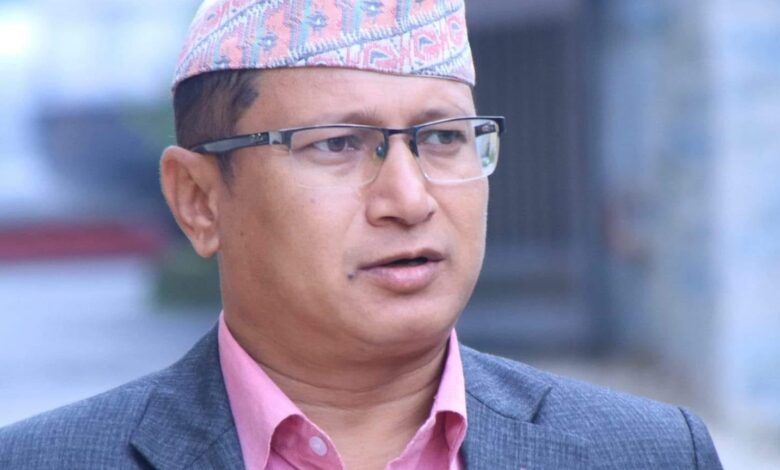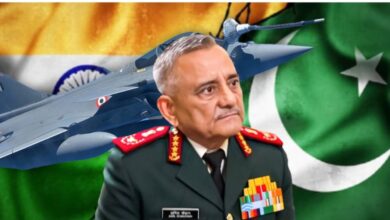A Last-Ditch Effort to Maintain Anti-China Strategy Amid US Political Uncertainty

# By Prem Sagar Poudel
US National Security Advisor Jake Sullivan’s recent visit to India, where he met with Prime Minister Narendra Modi, National Security Advisor Ajit Doval, and External Affairs Minister Subrahmanyam Jaishankar, underscores Washington’s persistent attempt to position India as a strategic counterweight to China. However, given the impending transition in US leadership, the visit also reveals deep concerns about the continuity of US-India relations under the next administration.
Sullivan’s visit appears to be a last-minute effort by the outgoing Biden administration to solidify the existing framework of the US-India partnership before President-elect Donald Trump takes office. The White House claims that discussions focused on defense, strategic technologies, and security cooperation in the “Indo-Pacific,” yet US media outlets have highlighted how this engagement is primarily driven by Washington’s long-term containment strategy against China.
Chinese experts, such as Professor Li Haidong of China Foreign Affairs University, note that Sullivan’s visit is not a mere routine engagement but an urgent diplomatic mission. “The Biden administration fears that Trump’s return will undo the careful balancing act Washington has maintained with India. This visit is a reassurance attempt, ensuring that India remains aligned with the US against China,” he explained in an interview with China Central Television (CCTV).
Jaishankar’s late December visit to Washington suggested that New Delhi itself is anxious about how the new US administration will handle bilateral relations. If Trump’s “America First” policies return, many initiatives, such as the Initiative on Critical and Emerging Technologies (iCET), could be in jeopardy. iCET, which promotes cooperation on artificial intelligence, semiconductors, and space, was a strategic move by the Biden administration to integrate India into the US technology ecosystem and gradually distance it from Russia.
However, Trump’s previous presidency showed skepticism toward multilateral security partnerships. Reports from sources within the Indian Ministry of External Affairs, quoted in Global Times, indicate that officials in New Delhi worry about potential economic and security disruptions if Trump takes a more transactional approach to ties with India.
Moreover, India’s procurement of Russian S-400 air defense systems, expected to be delivered in 2025, could trigger retaliatory actions from Washington under the Countering America’s Adversaries Through Sanctions Act (CAATSA). Experts from the Chinese Academy of International Trade and Economic Cooperation suggest that the Trump administration might pressure India to either cancel or renegotiate previous deals made under Biden’s tenure.
Interestingly, while India has publicly embraced its role in US-led initiatives such as the Quad, its recent recalibrations suggest that Modi is preparing for shifting geopolitical tides. According to Chinese diplomatic observers, India is hedging its bets by subtly adjusting its engagement with both China and Russia.
For instance, Indian business delegations have recently increased their presence at Chinese trade expos, a sign that economic pragmatism is influencing Modi’s decision-making. Meanwhile, China’s Ambassador to India, Xu Feihong, noted in a press briefing that Beijing welcomes a “stable and mutually beneficial relationship with India,” hinting at possible diplomatic recalibrations.
A senior official from China’s Ministry of Foreign Affairs, speaking on condition of anonymity, told Xinhua News Agency that India’s recent actions indicate an awareness that its blind alignment with Washington could backfire. “India understands that long-term dependence on the US is unsustainable. It must maintain flexibility in its foreign policy, particularly in light of Trump’s unpredictability.”
While Sullivan’s visit aimed to secure India’s commitment to Washington’s broader Indo-Pacific strategy, economic concerns might drive a wedge between the two nations. The Trump administration has already signaled its intent to impose a 10% tariff across all imports, a policy that could significantly affect India’s $128 billion trade relationship with the US.
Moreover, immigration policies under Trump are likely to tighten once again, restricting the entry of Indian professionals into the US. This could impact India’s IT sector, which heavily relies on H-1B visas for skilled workers in Silicon Valley.
According to Dr. Wang Yiwei, Director of the Institute of International Affairs at Renmin University, “The Modi government is aware that the Trump administration will not be as generous as Biden’s when it comes to economic incentives. This could force India to reconsider its dependency on US technology and investment, thereby re-engaging with China’s economic initiatives.”
Ultimately, Sullivan’s visit may soon be rendered irrelevant as the global geopolitical landscape undergoes another shift. While the Biden administration sought to secure India as a long-term strategic partner against China, Trump’s return could alter Washington’s focus, prioritizing economic protectionism over maintaining alliances.
From a Chinese perspective, India’s future foreign policy will be shaped by a delicate balancing act—navigating its ties with the US while maintaining pragmatic engagement with China and Russia. If India chooses strategic autonomy over blind alignment with Washington, its diplomatic flexibility could allow it to benefit from all major global players rather than being a pawn in the US’s anti-China strategy.







